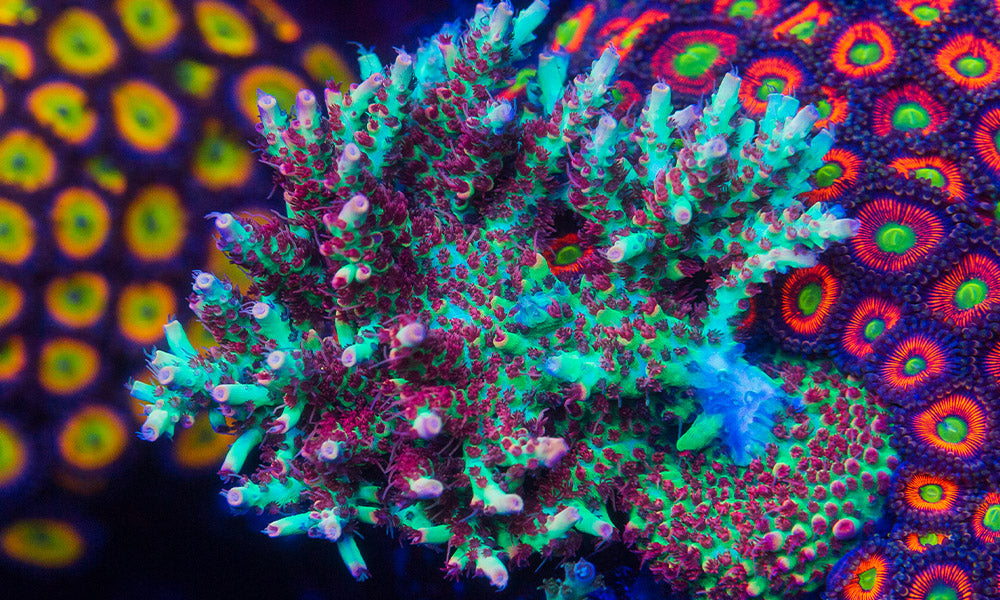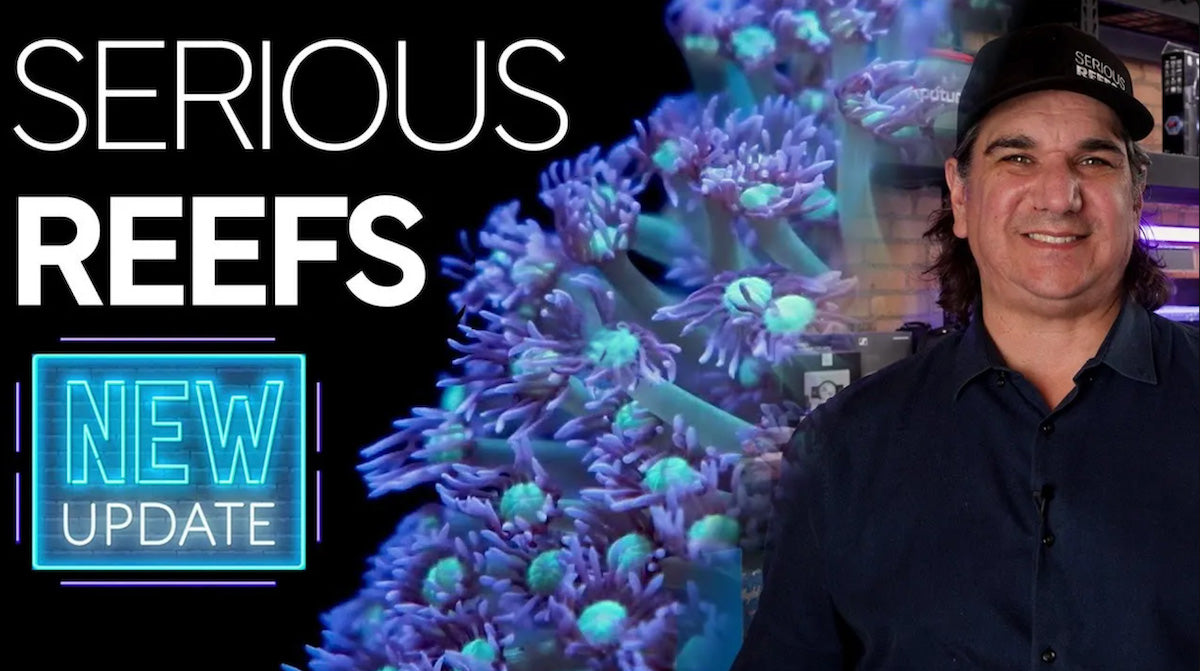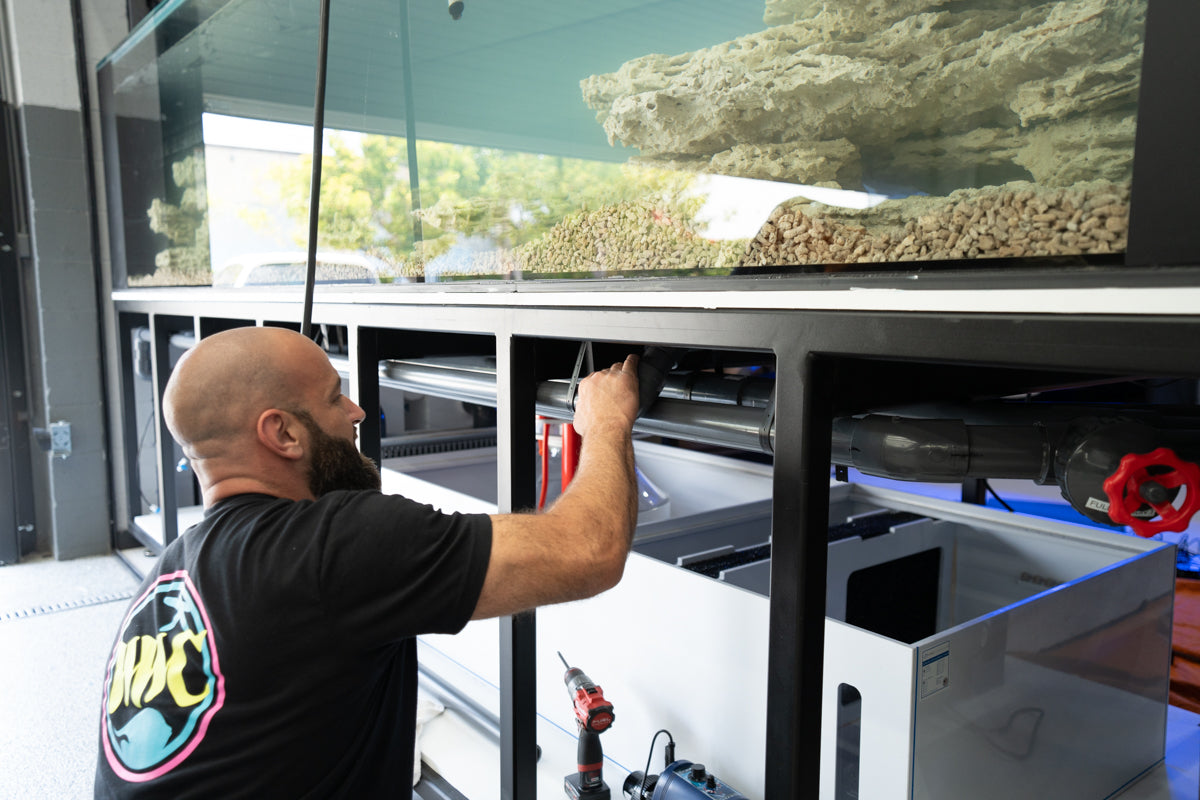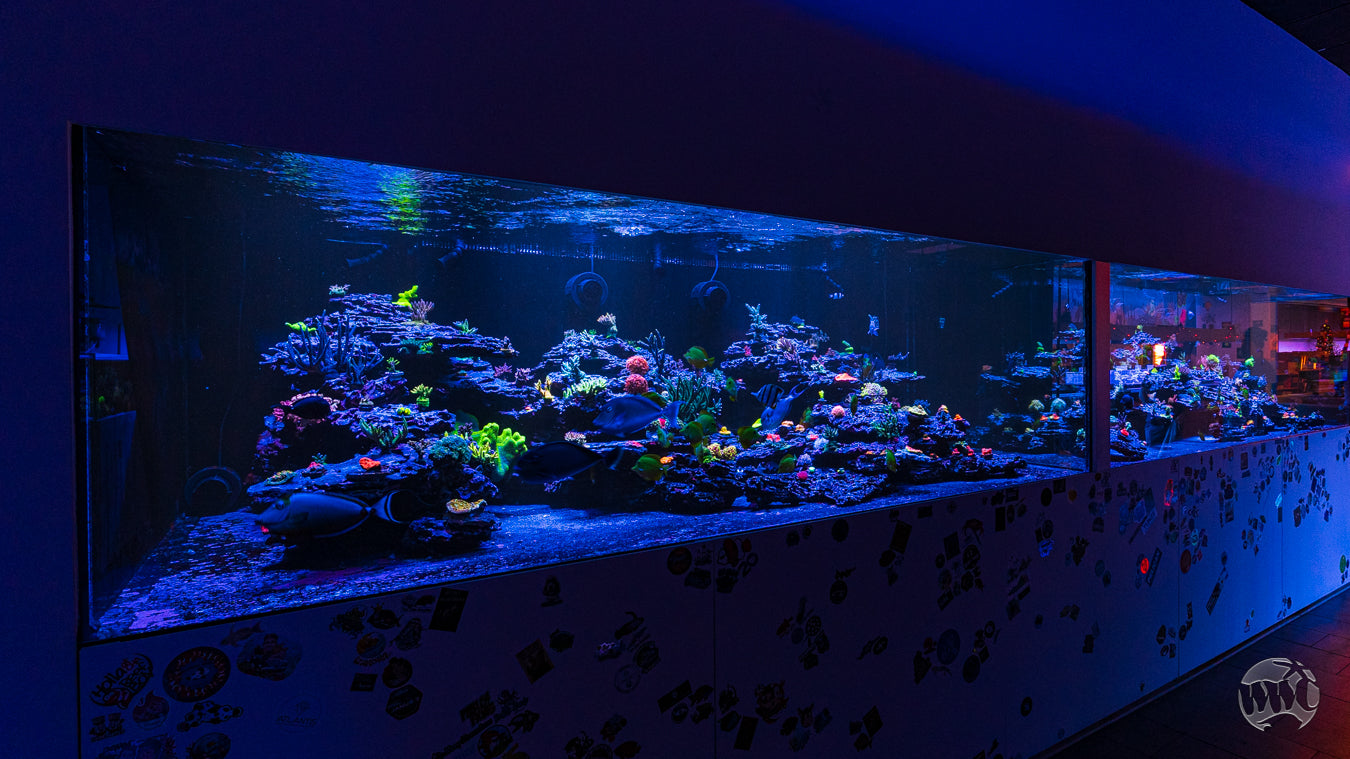Building your own saltwater aquarium is a complex process. From finding the right equipment to ensuring you have the right water parameters, there are a lot of things to keep track of and remember. As such, many beginners to this hobby feel overwhelmed by their first project and have difficulty continuing. Fortunately, we’ve developed this list of simple do’s and don’ts of saltwater aquariums to help walk you through the beginning steps and avoid common mistakes. Here’s what to keep in mind.
Do’s
Consider Placement Carefully
Where you decide to place your aquarium will be essential to how you maintain its environment. Location can affect the amount of light your display receives as well as influence its temperature. Since saltwater aquariums need a proper balance of both, place your tank in a place where you can easily control these factors.
Understand How Your Equipment Works
You should have a detailed understanding of how your equipment operates. Aquariums use several different devices to monitor the flow of water as well as filter out any harmful bacteria. Because of this, read your instruction manuals carefully so you know you’re using them properly.
Test Water Levels Regularly
Once you’ve installed your equipment and placed water in your tank, test its chemical levels every few days. Maintaining consistent amounts of calcium, nitrites, and alkalinity are vital to sustaining life in your tank. Should they fluctuate, it can cause your fish or corals to fall ill. As such, testing your water every few days—especially in the beginning—keeps your aquarium thriving.
Don’ts
Start With a Smaller Tank
To begin our list of simple don’ts of saltwater aquariums, it’s important that you forgo the idea of using a smaller tank. While it’s commonly assumed that a smaller enclosure means it’ll take less work to maintain, this is objectively false. When the water volume is low, the chemical levels are less stable. It takes fewer toxins to influence the whole tank, making it easier for your fish to fall ill quickly. So, start out with a larger tank instead.
Move Too Fast
Make sure too that you aren’t moving too fast with your setup. Aquarium water should have several weeks to cycle before you even add your first fish. This way, the chemicals have time to stabilize and stay at a healthy level.
Forget To Perform Water Changes
One of the biggest mistakes you can make is forgetting about water changes. While your tank may have balanced out, water changes are still essential to removing toxins as they build up. Therefore, replacing old water with clean saltwater can be a big help to the ecosystem.
Starting your first saltwater aquarium on your own can be a daunting task, so reach out to the experts at World Wide Corals for help. Our team has years of collective experience building these ecosystems, and we’re excited to pass all we know onto the next generation of hobbyists. We also have a large supply of unique corals for sale to flesh out your tank and ensure it looks its best. So, don’t hesitate to give us a call for whatever you may need.




